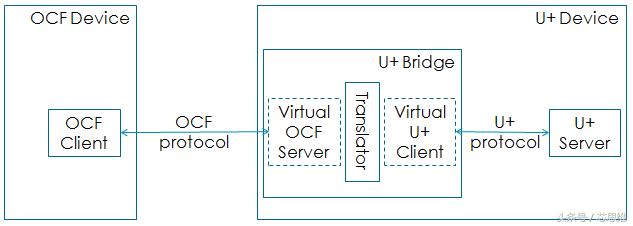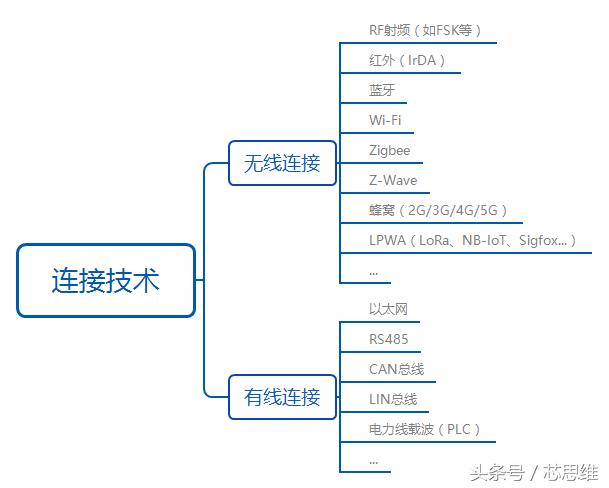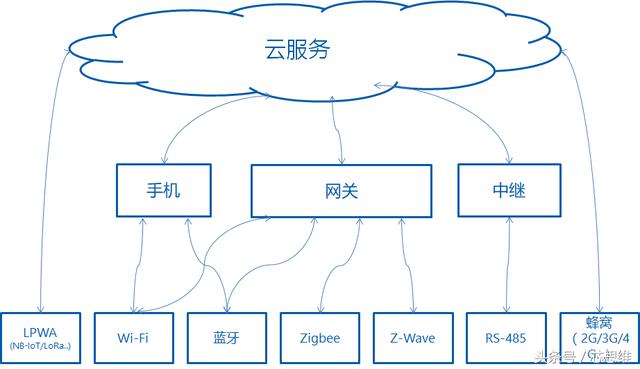During the 2017 Asia Consumer Electronics Show (CES Asia 2017) held at the Shanghai New International Expo Center, Haier U+ officials announced that the Haier U+ and OCF interconnection proposals passed the OCF Alliance standard project. As one of the members of the OCF board of directors, Haier is also more realistic as the development and implementation of the interconnection standards for Internet of Things devices by large global home appliance brands.
Haier U+ is an open cooperation platform, including open SDK and API standards, access to various brand categories and platform openness, providing partners with unified standards and resources for developing new applications and services. Haier U+ is open to all smart devices in the industry, and any product of any brand can be added. The Haier U+ proposal opened up the connection between Haier U+ Ecology and OCF Ecology and expanded each other's ecosystem.
Haier U+ connects to the OCF Alliance standard
Haier U+'s proposal is actually a U+ bridge, which is mainly used for mutual protocol conversion between Haier U+ equipment and OCF equipment, thus ensuring interoperability between OCF applications, equipment and Haier U+ equipment. . U+ Bridge solves the problem of connecting cross-protocol interconnections between two different ecosystems.
The following is an application diagram of the Haier U+ proposal:

Many manufacturers have their own smart home systems in use. Establishing OCF and interoperability between these ecosystems is the fastest way to extend the OCF ecosystem. Through this project, Haier has incorporated Haier U+ equipment into the OCF ecosystem. This may also motivate other manufacturers to achieve interoperability between their ecosystems and OCF. Through the connection of OCF standards, the ecosystem interconnection of various manufacturers is no longer an “islandâ€. Haier U+ Bridge is the bridge that connects different smart home ecosystems.
Open Connectivity Foundation, OCF
In 2016, the two IoT application frameworks promoted the merger of the Open Internet Alliance (OIC) and the “AllSeen Alliance†to create a new OCF, becoming the largest open Internet of Things standard besides Apple and Google. OCF is an industry organization whose mission is to develop normative standards, promote a set of interoperability guidelines, and provide certification programs for IoT devices. It has become one of the largest industrial connectivity standards organizations for the Internet of Things, including members of Samsung Electronics, Intel, Microsoft, Qualcomm and Electrolux. There are currently more than 200 member companies.
Different connection standards have caused the fragmentation of the Internet of Things and caused interconnection problems. The combination of OIC and AllSeen helps to unify the fragmented networking standards and secure interoperability of connectivity technologies worldwide through technical capabilities and support from numerous vendors.
OCF is trying to achieve the Internet of Things that is connected to everything. The Internet of Things requires easy-to-discover, trusted, and reliable connections. OCF provides a framework for fulfilling these requirements through a specification reference implementation and certification process. IoTivity is a standardized open source reference implementation developed by different members of the OCF.
Smart home connection technology
In the smart home, some common connection technologies are as follows:

Wired connections require field wiring and are easier to route during construction or renovation. In the smart home, wireless technology is more acceptable in practical applications due to its convenient and flexible installation.
There are many ways to connect devices into the network in smart home applications. Here are some simple diagrams of common connection technology network access:

Industrial Pressure Sensors,Pressure Sensors,Capacitive Pressure Sensor,Delta Pressure Sensor
Xiaogan Yueneng Electronic Technology Co., Ltd. , https://www.xyeloadcell.com
